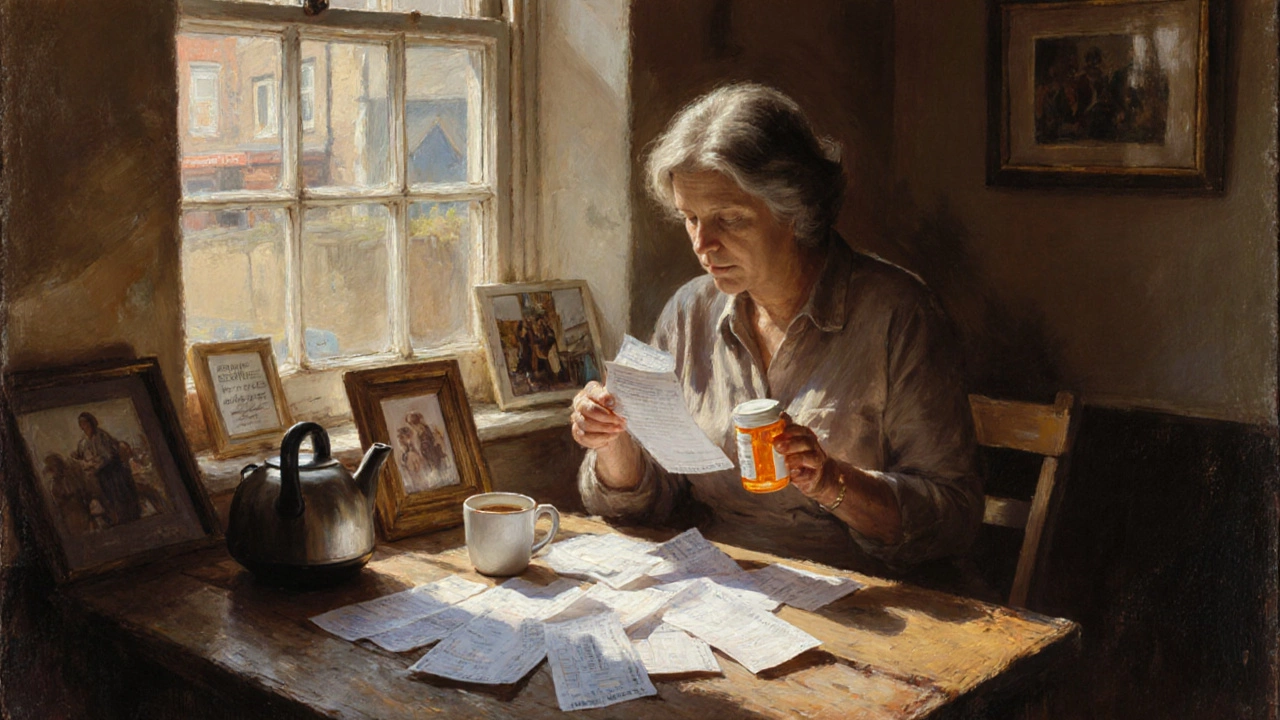Understanding Prescription Cost for Aesthetic Treatments in the UK
If you’ve ever asked yourself why a simple cream or a hormone tablet costs what it does, you’re not alone. Prescription cost can feel like a mystery, especially when the medication is tied to a beauty or skin‑care goal. Below we break down where the price comes from, what changes between NHS and private prescriptions, and practical ways to keep the bill low.
NHS vs Private Prescriptions – What’s the Real Difference?
The NHS covers many medicines, but not all of them qualify for free or reduced‑price dispensing. To get a prescription under the NHS you need a doctor who can sign off that the drug is medically necessary. For most cosmetic‑related drugs – for example, isotretinoin for severe acne or hormonal creams for hair loss – the NHS may approve them if a clear health issue is documented.
When the NHS approves a medication, you only pay the standard prescription charge, currently £9.35 per item in England (Scotland, Wales and Northern Ireland have no charge). The cost of the drug itself is covered by the government, so the charge you see on the receipt is just the administrative fee.
Private prescriptions work differently. A private doctor writes the script, and you pay the full price of the medication plus any dispensing fee at the pharmacy. Prices can vary widely because private pharmacies set their own rates and may add mark‑ups for special formulations used in aesthetic medicine.
Because of this, a private prescription for a brand‑name retinoid or a compounded peptide can easily cost three to four times more than the NHS version. The key is to know whether the drug qualifies for NHS funding before you book a private appointment.
Ways to Reduce Your Prescription Bill
1. Ask for a pre‑payment certificate. If you need multiple prescriptions in a year, a certificate lets you pay a flat fee and avoid the per‑item charge. This works for NHS prescriptions only, but it can save money if you’re on a long‑term acne regimen.
2. Check for generic alternatives. Many brand‑name drugs have cheaper generic versions that work just as well. Talk to your pharmacist – they can suggest a switch that won’t affect the results.
3. Use a reputable online pharmacy. Some online dispensaries partner with private clinics and charge less for the same medication. Make sure the site is registered with the General Pharmaceutical Council (GPhC) before you buy.
4. Combine multiple items in one prescription. If your doctor writes separate scripts for a cream and a tablet, ask if they can be combined. The NHS treats each script as a separate charge, so one script can mean one charge.
5. Explore medical‑grade skincare bundles. Many aesthetic clinics offer bundled packages that include the prescription, the product, and follow‑up appointments. Bundles often have a lower per‑item cost than buying each piece separately.
6. Take advantage of exemptions. If you’re over 60, under 16, pregnant, or on certain benefits, you may qualify for free NHS prescriptions. A quick chat with your GP can confirm eligibility.
Understanding prescription cost isn’t about dodging the price; it’s about knowing the system so you can make smarter choices. Whether you’re treating acne, hair loss, or seeking a skin‑brightening peptide, a clear picture of NHS versus private pricing helps you plan your budget and avoid surprise charges.
At Aesthetic Health Solutions UK we keep tabs on the latest pricing trends and work with clinics that prioritize transparency. If you’re unsure whether a medication should be NHS‑covered or if you want help finding a cost‑effective private option, reach out to a qualified practitioner. A quick question now can save you a lot of money later, and you’ll stay on track with your beauty goals without breaking the bank.
When Patients Can't Afford Their Medications: Solutions & Strategies
Explore why prescriptions get pricey, who suffers most, and practical steps-like generics, assistance programs, and policy changes-to help patients afford their medications.
Read More
